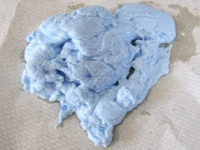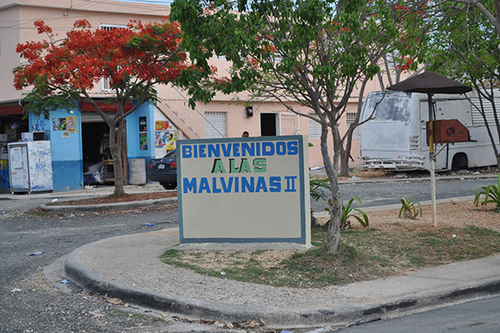The CDC CHANGE Guide’s approach to building a healthy community: 8 Action Steps
We conducted evidence based research based on the Center of Disease Control CHANGE guide methods that have been used by individuals in other communities to improve and create a healthier community.
The change guide consists of 8 actions steps in which we had to culturally and linguistically adapt to our specific research in the Dominican Republic.
- Assemble a community team:
- Our team consists of neighborhood associations in Las Malvinas II
- Elementary schools in Las Malvinas II
- University representatives from Clemson and UNIBE students
- Clemson Creative Inquiry Team
- Develop a team strategy:
- Conduct evidence based research to build a healthier community in Las Malvinas II
- Conduct a plan to improve the community health situation based on the community assets
- Translate our knowledge of US public health policies and adapted it to the problems specific to Las Malvinas
- Review 5 CHANGE sectors:

Still to come:
- Gather Data:
- We are going to gather data using qualitative and quantitative techniques when studying abroad in the Dominican Republic
- Closed ended questions through GIS survey app on our iphones where we will go from door to door in the community
- Open ended questions in our focus groups and interviews
- Review Gathered Data
- Enter Data
- Review Consolidated Data
- Build Community Action Plan
- When we are entering and reviewing our consolidated data, we will see which areas need improvement and which areas are the community strengths based on what we collected
- Community Health Assessment
- Community Health Improvement Plan








